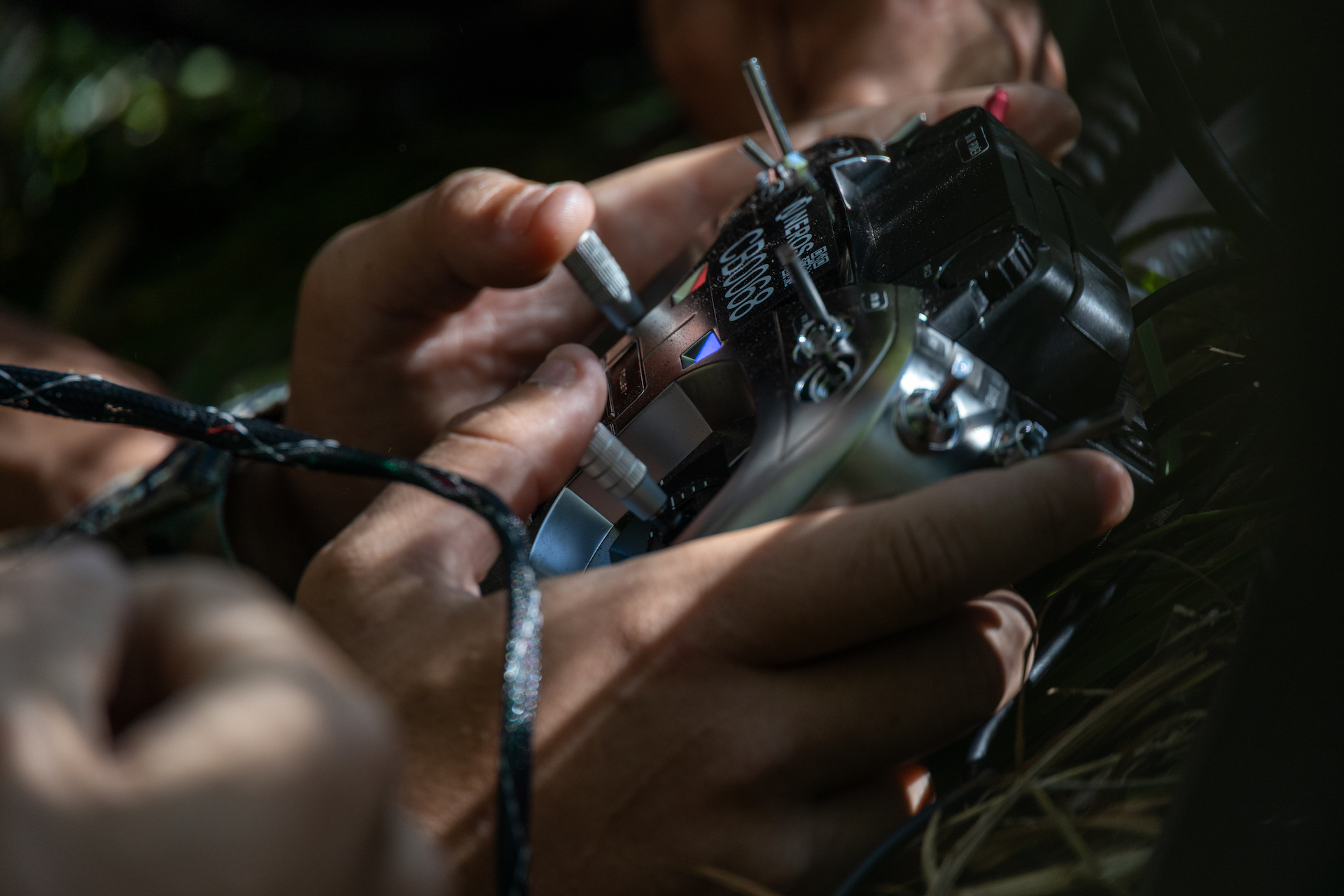The Future of Naval Warfare: AI Integration on U.S. Warships
In a move that underscores the increasing role of artificial intelligence in military operations, two U.S. warships are set to receive a cutting-edge, AI-powered system next year designed to enhance their situational awareness and target recognition capabilities. The system, developed by Rebellion Defense, focuses on filtering vast amounts of sensor data to identify potential threats and predict their actions, representing a significant leap forward in naval warfare technology.
Understanding the Complexity of Sensor Data
Modern naval sensors are some of the most sophisticated and sensitive technologies in existence, capable of detecting an array of objects on the sea and in the air. However, the challenge lies in discerning which of these signals require immediate attention and which are irrelevant. As Ben FitzGerald, CEO of Rebellion Defense, explains, the key question is whether a detected object represents a serious threat or is simply a harmless anomaly. This distinction is critical, especially as threats to maritime safety evolve.
Advancing Target Recognition with Iris
Last year, the Navy’s Program Executive Office for Integrated Warfare Systems X awarded a significant contract to Rebellion Defense to develop its Iris target-processing software further. This initiative, funded via an ‘other transaction authority,’ aims to enhance combat platform upgrades through prototyping and production phases. The recent extension of their contract for an additional 14 months aims to ensure that Iris effectively integrates with existing naval systems, primarily the Aegis Combat System and the Ship Self-Defense System.
Iris will play a vital role in streamlining the overwhelming amount of data that sailors must analyze. It will assist in spotting, tracking, predicting, and accurately assigning weapons to potential targets. FitzGerald provided an example of the system’s intelligent processing capability: distinguishing between a commercial airliner and a potentially hostile drone. By filtering out high-risk scenarios—like a plane moving more slowly than expected for its type—Iris can alert sailors to potential threats that might otherwise be overlooked.
Identifying Anomalies in Maritime Operations
The larger objective of implementing AI in naval operations is to enhance the Navy’s efficiency and responsiveness to threats. FitzGerald notes that Iris aims to flag unusual maritime behaviors, such as a ship traveling at an unusually high speed for its classification, indicating potential nefarious activities. By focusing human attention on these outliers, the system allows sailors to concentrate on the most critical targets while minimizing distractions from the multitude of typical maritime traffic.
As Brent Sadler from the Heritage Foundation emphasizes, AI tools can significantly reduce the cognitive load on operators. By sifting through large groups of vessels—such as commercial fishing fleets—AI can help narrow down which ships might be problematic, enhancing preemptive security measures during peacetime operations.
The Critical Role of Prediction in Combat Situations
The application of AI becomes even more pressing in wartime scenarios. During conflicts, quick decision-making is crucial, and the capability to prioritize targets effectively can make the difference between success and failure. As Sadler points out, in combat situations, it is not just about identifying a target but predicting where it is likely to move next. This predictive analysis is essential for launching successful attacks while minimizing the risk of detection.
The Navy is focused on refining both the technological infrastructure and the tactics involved in employing these advanced systems. As they pursue rigorous testing, integrating feedback from sailors on the ground will be crucial to ensure that Iris meets operational expectations. The objective is to create a system that not only works seamlessly with Navy platforms but also enhances the sailors’ overall situational awareness.
The push towards integrating AI in naval operations marks a pivotal shift in how military forces will operate in increasingly complex maritime environments. With the successful implementation of systems like Iris, the Navy aims to bolster its defense capabilities while preparing for the multifaceted challenges of modern warfare.





